Permanent exhibitions in the Folk Art Museum
9 a.m. – 5 p.m.
The precarious life
Complications at birth, unexplained illnesses or an accident at work - life in pre-modern times was full of dangers and characterised by worries and fears. Both religious and magical means and rituals were intended to protect against all kinds of misfortune. A God-fearing and vice-free life was seen as a guarantee of spending the "afterlife" in heaven instead of waiting in "purgatory" for the "Last Judgement". The "Precarious Life" section of the exhibition explores ideas of the afterlife and strategies for dealing with all kinds of threats to life. The objects on display illustrate that belief and magic often went hand in hand. For example, the monogram of Mary and Christ as well as the Drude's foot can be found on a cradle in the entrance area to ward off evil and illness. And the "fig of envy" hangs from a rosary next to a relic pendant as protection against the evil eye. A towel rail from the second half of the 17th century shows a beautiful princess on one side and a gaunt skeleton on the other. "Memento mori" like this followed the religious-philosophical idea of vanitas and made people aware of the transience of their own existence.
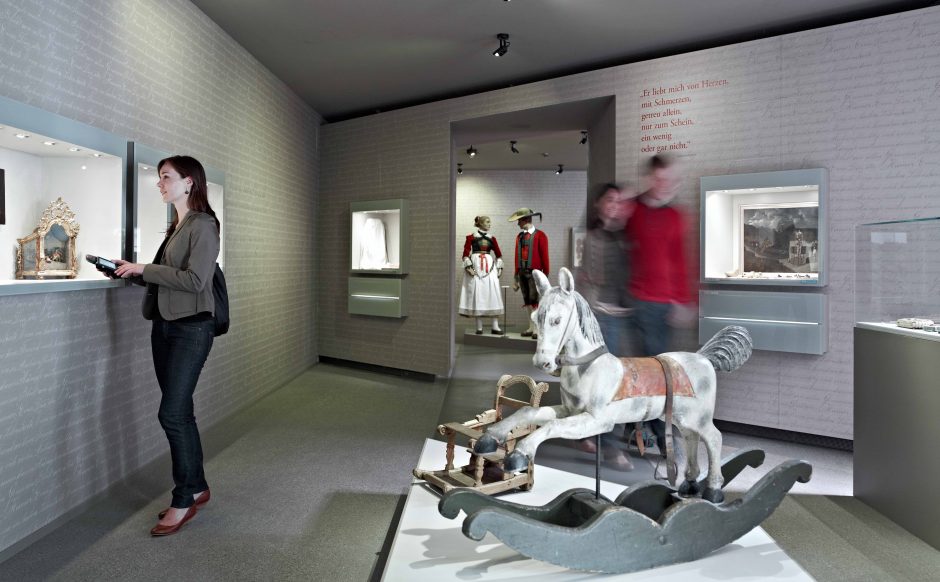
Heritage property. Study collection
Be it richly decorated whetstone pots from the Fassa Valley, delicately crafted horn products from Sterzing or detailed painted wooden chests from the Zillertal - the core collection of the Tyrolean Folk Art Museum was created as a reaction to the onset of industrialisation. Founded in 1888, the Tyrolean Trade Museum focussed on exceptionally high-quality, skilfully crafted or particularly old objects. The objects collected were not only intended to serve as inspiration and role models for the arts and crafts in Tyrol, but also to showcase the skills, diligence and inventiveness of local craftspeople. Initially collected by buyers and antique collectors in today's European region of Tyrol-South Tyrol-Trentino, the exhibition area "Erb-Gut. Study Collection" contains a large number of objects on the themes of domestic industry, crafts, marriage and inheritance law.
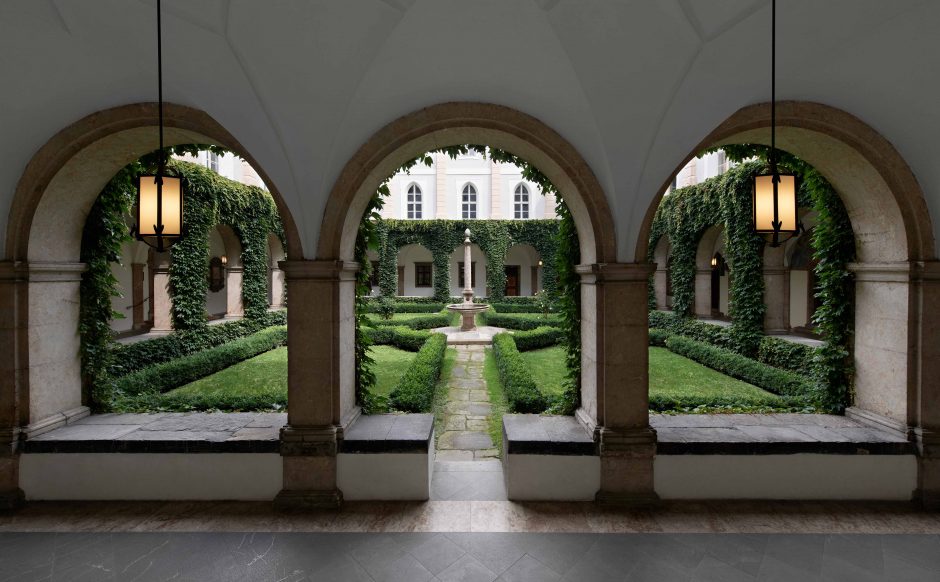
Stuben: Mine and yet not mine
Whether for meetings, celebrations or commemorating the dead - parlours first formed the centre of domestic life in castles and monasteries and later in bourgeois and farmhouses. First mentioned in documents in the Tyrol in the 12th century, the wooden parlour with a stove that could be heated from the outside became the main living space in farmhouses after 1500. The parlours on display in the Tyrolean Folk Art Museum were purchased as antiques at the beginning of the 20th century and installed when the museum opened in 1929. As with the core collection, the main focus when acquiring them was on their age and quality. There are therefore 14 representative parlours on display, mostly from inns or manor houses. The majority come from South Tyrol and Trentino, with only three from North Tyrol. To trace their development, there are Gothic parlours on the first floor and parlours from the Renaissance to the Rococo period on the second floor of the Folk Art Museum.
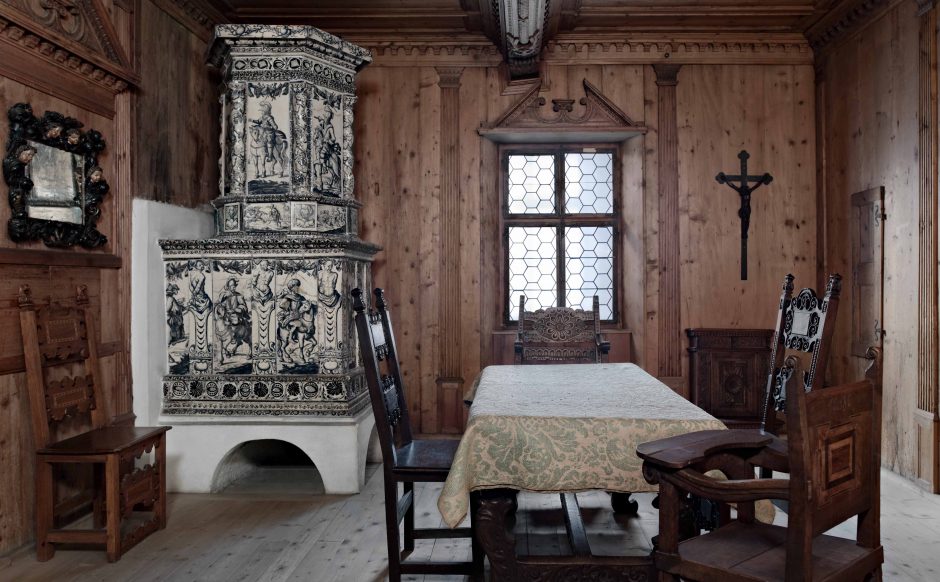
Traditional costumes: Appearance and reality
In the "Appearance and Reality" exhibition area, 48 wooden figurines are on display, which the East Tyrolean Virgil Rainer carved for the opening of the Tyrolean Folk Art Museum in 1929 for the so-called "Trachttensaal". The arrangement of the traditional costumes on display from the end of the 18th to the end of the 19th century followed a topographical order or categorisation by valley. The colourful festive dresses became popular with the educated middle classes at the end of the 19th century. Their romanticised view of the rural population led to attempts to revive and renew the so-called "folk costumes". The photo studio in the entrance area of the permanent exhibition, reconstructed according to historical models from around 1900, expresses this idealisation.
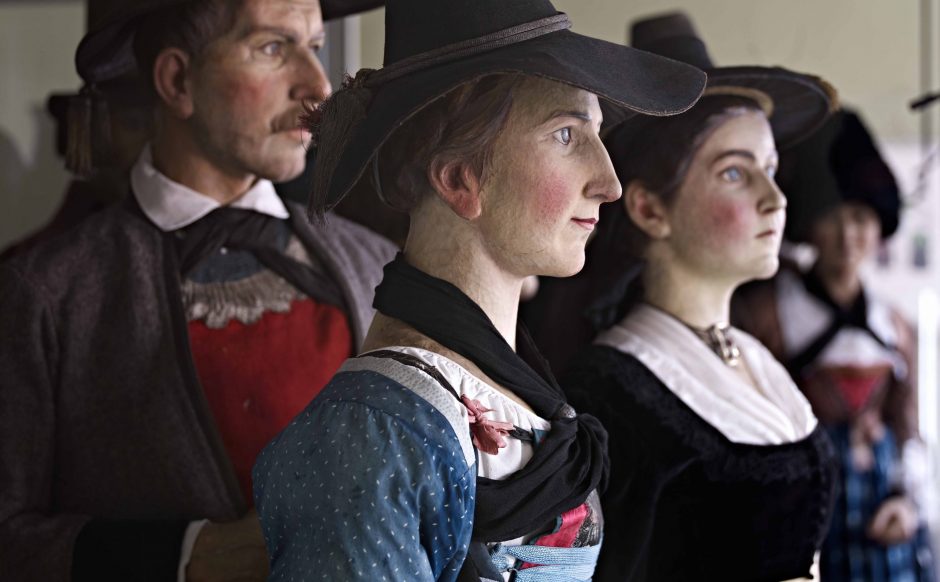
The full year
The working year in the strongly agrarian society of pre-modern times was orientated around religious festivals. Easter, for example, was not only the highlight of the church year for the Christian population. At the same time, the feast of the resurrection of Jesus, i.e. the Sunday after the first full moon in spring, also heralded the start of the new working year. The fact that festivals and public holidays structured life and formed important points of reference for lost days can still be seen today in common weather rules such as "If it snows on St Martin's Day over the Inn, the whole winter is over". "The Full Year" traces hard times and exuberant celebrations throughout the year. At the same time, the permanent exhibition offers insights into the function and significance of customs and rituals. A colourful array of objects can be seen: from popular tavern games and rural tools to colourful alpine wreaths and elaborately designed processional poles to the terrifying figures of the Raunächte and dazzling carnival figures.
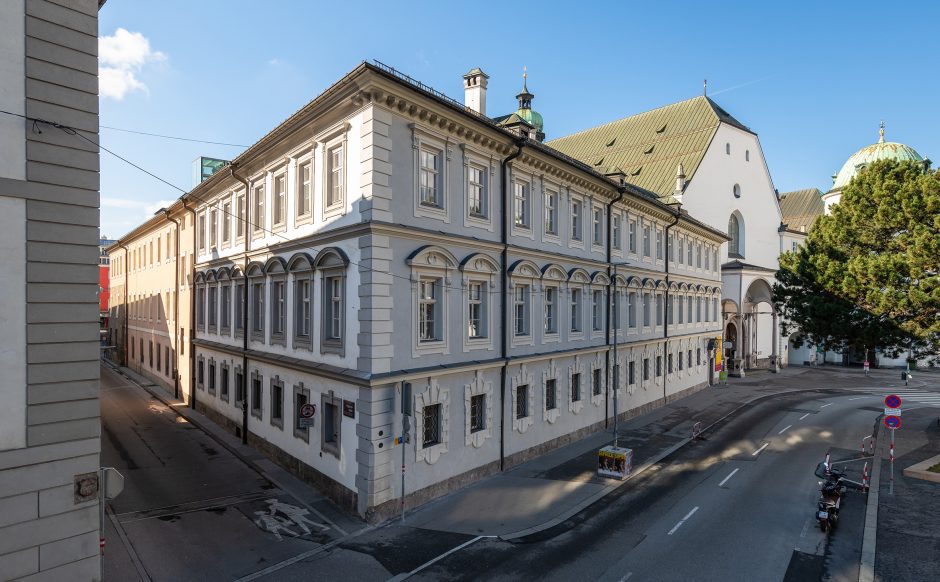
Miniatures of the Gospel
Whether it is the birth of Christ, the proclamation of his arrival in the field or the adoration of the infant Jesus by the shepherds and kings - the setting up of nativity scenes has a long history in Tyrol. Until the middle of the 19th century, fantasy landscapes formed the backdrop. After the advent of pilgrimages, the biblical events shifted to the Holy Land - complete with palm trees and camels in oriental-style architecture. From 1900 onwards, the local mountains finally served as a backdrop. However, before nativity scenes found their way into private homes, they were used in churches to show people the Gospel of Christmas - in Innsbruck for the first time in 1608 in the Jesuit Church not far from the Tyrolean Folk Art Museum. It was only when all pomp and splendour was temporarily banned from sacred spaces in the course of the Josephine reforms that the nativity scene found its way into private homes. "Miniatures of Life" traces the development of nativity scene art in Tyrol with over 20 nativity scenes on display all year round. The spectrum ranges from a Baroque cot from the mid-18th century to an Alpbach box cot from the second half of the 19th century and contemporary depictions of the Christmas story.
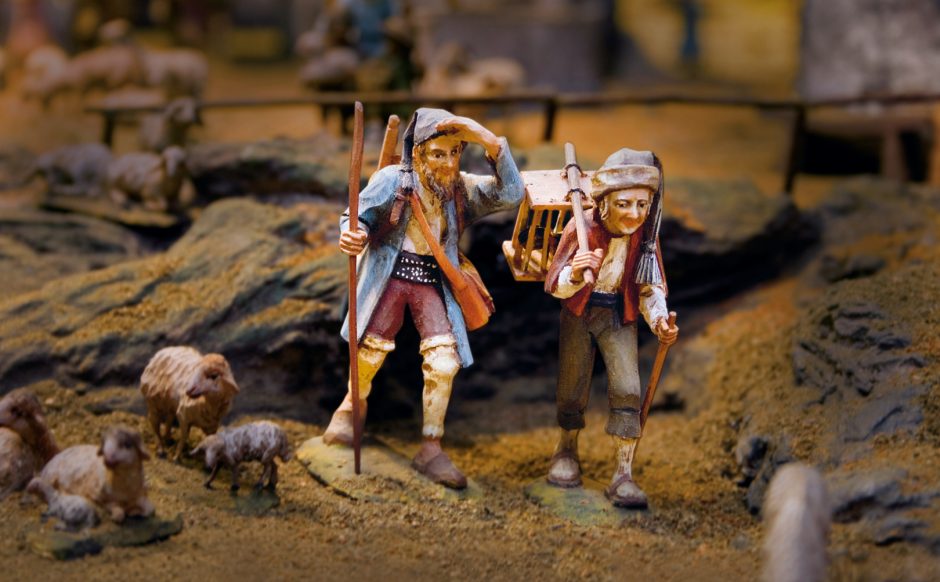
Maximilian's last will and testament
The Innsbruck Court Church is accessible via the Tyrolean Folk Art Museum. The main attraction of this princely, yet externally simple sacred building is the high tomb of Emperor Maximilian I (1459-1519). The cenotaph is surrounded by 28 larger-than-life bronze statues. The "ancestral gallery" is made up of both Habsburg relatives and personal role models. Personalities such as Mary of Burgundy and the legendary King Arthur pay their last respects to the emperor. As the building had not yet been completed when Maximilian died, the so-called "last knight" is not buried in the Hofkirche, but in Wiener Neustadt. Instead, the so-called Tyrolean freedom fighter Andreas Hofer was laid to rest in the "Schwarz-Mander-Kirche". Archduke Ferdinand II and his wife Philippine Welser are buried in the adjoining Silver Chapel. Another highlight is the Ebert organ, which is over 450 years old. Even today, the "Queen of Instruments" regularly makes the Hofkirche resound. A multimedia show sheds light on the importance of Emperor Maximilian I and the art and cultural treasures of the Hofkirche.
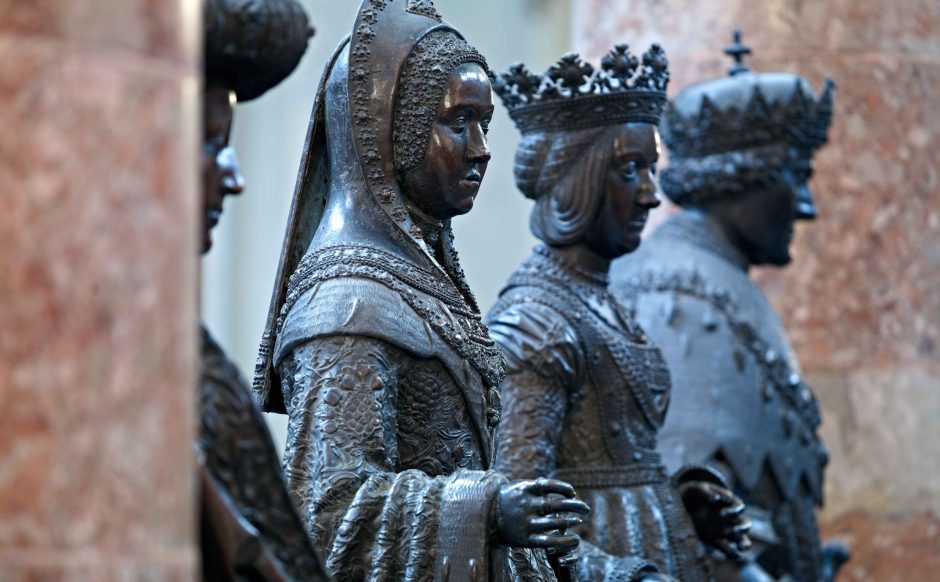
Collection manager
Zur Sammlung
Text translated with DeepL